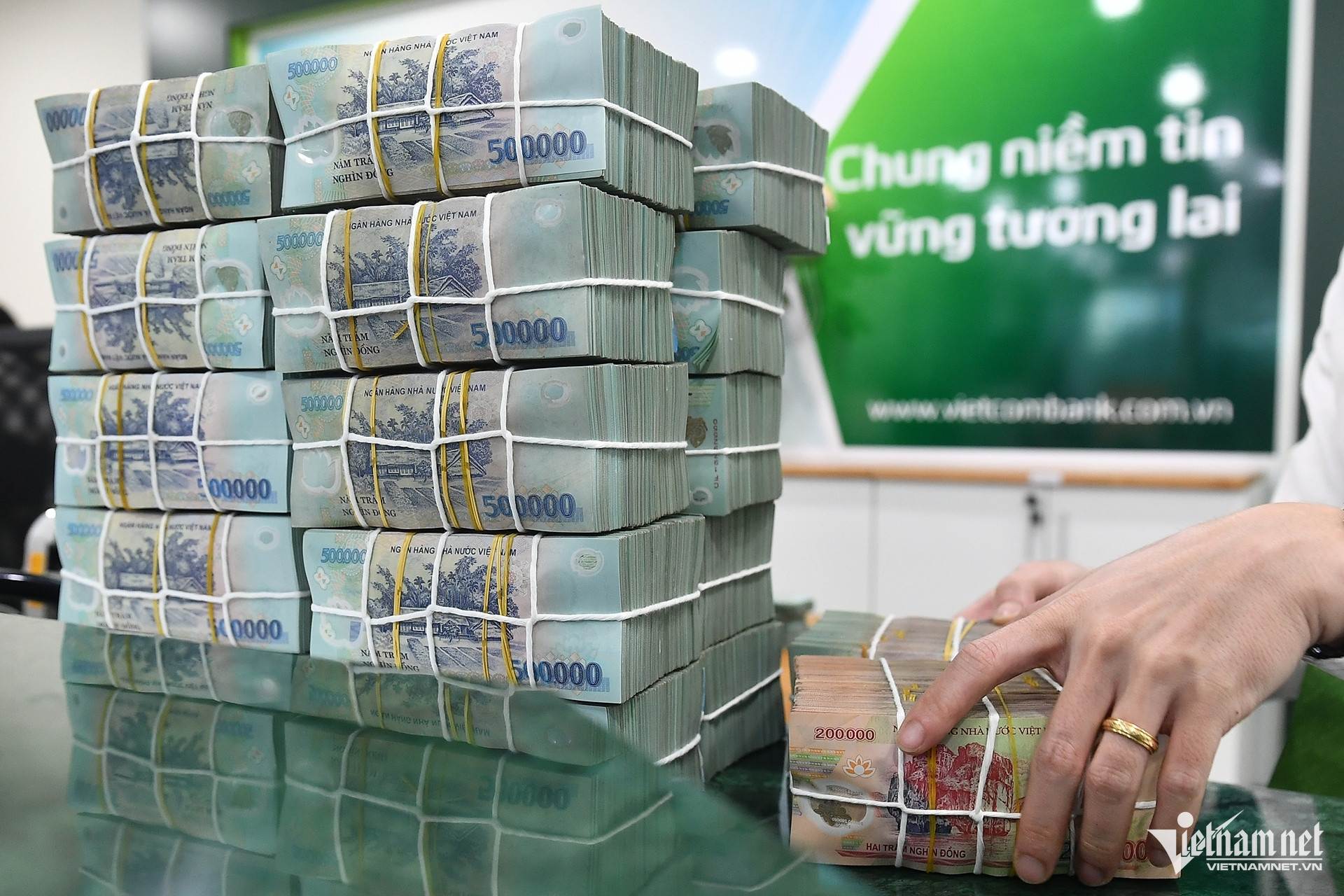
In late 2023, PetroVietnam reported that it had VND347.6 trillion in cash and deposits out of its total assets worth VND1.1 quadrillion. At the same time, the Vietnam Post and Telecommunications Group (VNPT), had VND61 trillion in cash and deposits, which accounted for 58 percent of its total assets.
Analysts noted that the two enterprises are manufacturers, not financial investment firms, but they still have big cash. The high ratio of cash and deposits out of total assets reflects SOEs’ problem – lack of ideas for investment and development.
The two examples were mentioned in Vietnam Economics Institute’s research on the current state-owned economic sector in Vietnam after 40 years of doi moi (renovation). The research conducted to the order of the Central Theoretical Council of the Communist Party aims to serve the socio-economic development strategy for the next period.
The fact that SOEs keep money in their coffers instead of putting it into production and business projects shows that they lack ideas despite resources, and lack large-scale projects kicked off.
The researchers found that both the number and ratio of SOEs to total enterprises have decreased significantly over the last decade, from 3,241 (1.13 percent) in 2010 to 1,942 (0.28 percent) in 2020.
During the same time, SOEs’ revenue proportion dropped from 28.2 percent to 12.2 percent, while pre-tax profits from 32.3 percent to 23.2 percent and payments to the state budget from 45.4 percent to 26.9 percent.
Though SOEs saw decreases in some indexes, the state sector still makes a considerable contribution to the national economy, compared with private enterprises and foreign invested enterprises (FIEs).
According to the General Statistics Office (GSO), the capital that SOEs hold accounts for 22.8 percent of total capital and makes up 30 percent of the country’s GDP. In 2016-2020, SOEs attracted a large amount of capital, which accounted for a quarter of total capital attracted by enterprises of all types.
Associate Prof Dr Tran Kim Chung from the Central Theoretical Council, estimated that SOEs make up 30 percent of GDP growth, and dominate some key business fields of the national economy.
SOEs play a big role in ensuring national energy security. Power plants belonging to Electricity of Vietnam (EVN), PetroVietnam and Vinacomin account for 87 percent of total electricity generation capacity.
EVN GENCO1, for example, accounts for 25 percent, EVN GENCO2 17 percent and EVN GENCO3 24 percent. Meanwhile, Vinacomin accounts for 11 percent, PV Power 10 percent, and the power plants of other sectors 13 percent.
Regarding the petroleum sector, Petrolimex holds 50 percent of the domestic retail market share, while businesses belonging to state-owned economic groups and general corporations, such as PVOil, have 22.5 percent of market share, Saigon Petro has 6 percent, Thalexim 6 percent, and Mipec 6 percent, while other enterprises have 15 percent of market share.
SOEs in the finance and banking sector are still dominating the market. State-owned commercial banks hold 44 percent of total assets, 25 percent of charter capital, 48 percent of mobilized capital and 50 percent of total loans of the entire credit institution system.
In terms of agricultural production, SOEs produce 97 percent of clean coal output, and they directly exploit or are partners in joint ventures that produce 100 percent of crude oil exploited in the Vietnamese territory, and produce 86 percent of the total electricity output provided to the national grid.
However, their output in other important industries has decreased. Cement output, for example, now just accounts for 40 percent, steel output 15 percent and NPK fertilizer 50 percent.
SOEs hold a controlling stake in the fields of telecommunications and information. Viettel is holding 51.5 percent, VNPT 28.4 percent, MobiFone 12.7 percent, FPT Telecom 3.8 percent; the remaining 3.6 percent belongs to other small businesses.
Chung gave these figures to prove that the state’s capital use efficiency is lower than the average efficiency of the national economy and much lower than non-state and FDI sectors.
The decrease in capital use efficiency in 2011-2022 explains the reduced SOE contribution to the national economy and GDP growth.
GSO (the General Statistics Office) reported that in 2011-2020, the country’s GDP grew by 6.35 percent per annum, the state economic sector 4.45 percent, the non-state economic sector 6.63 percent, and FIEs (foreign invested enterprises) 9.44 percent.
Manh Ha